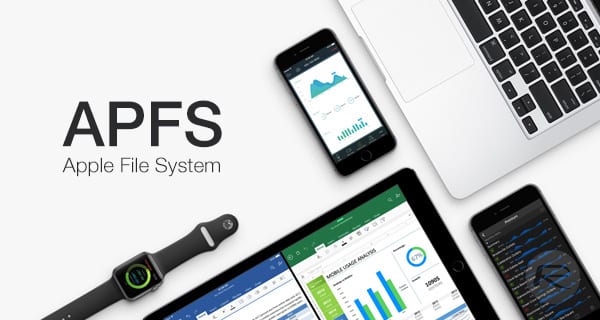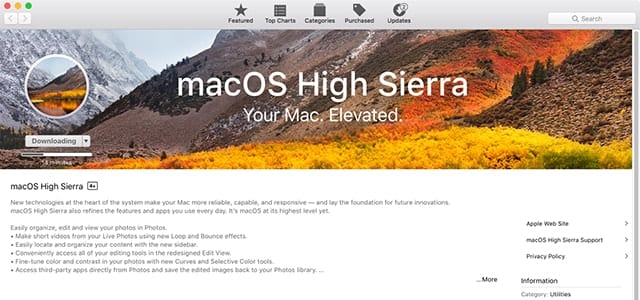by Tom Nelson
After installing macOS Mojave, does your Mac feel a bit sluggish? Perhaps it’s taking longer to boot, taking longer to save or open files, and launching apps seems to take more time than it used to. Or perhaps your Mac is just experiencing an overall listlessness.
No matter what type of slowdown you’re experiencing, there’s a good chance one of these tips will help get your Mac back on its feet and running the way you remember.
If you’re experiencing slow startups after installing macOS Mojave, you may find one of the tips below will get you back up to speed.
Of course, your Mac may just be at its performance limit. Each new version of the macOS seems to need just a bit more processing, graphics, or disk performance than the last one. To cover that possibility, I’ll include a few upgrade tips that can help you get your Mac back into tip-top shape.
Before you start, make sure you have a recent backup. Some of these tips involve removing files or performing actions that can result in data being removed.
Startup Time Seems Slow
Have you noticed that after installing Mojave, the time it takes for your Mac to start up seems to have taken a nosedive? Surprisingly, this isn’t all that unusual and happens to a small percentage of users after a major macOS upgrade.
There are multiple possible causes, and we’ll look at how to fix them. The problems and fixes are in no particular order, and you don’t need to do every one, but it also won’t hurt to start with the first one and work your way through.
Login Items: Sometimes called the Startup List, this is a list of apps or services that will start up automatically when you log into your Mac. Apps can add items to the list when they’re installed, or you can manually add apps or services you use all the time to the list.
What can happen is the new OS no longer supports one or more items in the list. This results in a delay when you log in as each item tries to launch and then times out. Or the app could still work but takes a long time to launch. The fix is to clean out old unsupported apps and services from the Login Items list.
Removing old or unsupported Login Items can help fix slow startup issues. Screen shot © Coyote Moon, Inc.
You can find instructions on removing items from the list in the Rocket Yard Guide: macOS 101: What Mojave Broke and How to Fix It.
Reset SMC, NVRAM: The SMC (System Management Controller) takes care of a number of basic functions, including controlling fan speed, power, and a good deal more. During startup, an SMC that is misbehaving or has corrupt information can delay the startup process.
Likewise, the NVRAM (non-volatile random-access memory), which stores configuration information, such as mouse or trackpad settings, keyboard settings, which disk is the startup disk, and a bit more, can slow down the startup process if the stored data is incorrect.
You can reset both the SMC and NVRAM using the Rocket Yard Guide: How to Reset NVRAM, PRAM, SMC on your Mac.
Safe Mode: Safe Mode is primarily a diagnostic startup mode that prevents most third-party items from loading. But it also verifies and repairs, if needed, any issues with the startup drive. In addition, Safe Mode will delete all font caches, kernel caches, and system caches, which are likely candidates for startup slowdowns.
Just starting up in Safe Mode can fix many common slowdown issues. To find out how to use Safe Mode, read: Safe Mode & Single-User Mode: What They Are, How to Use Them.




















